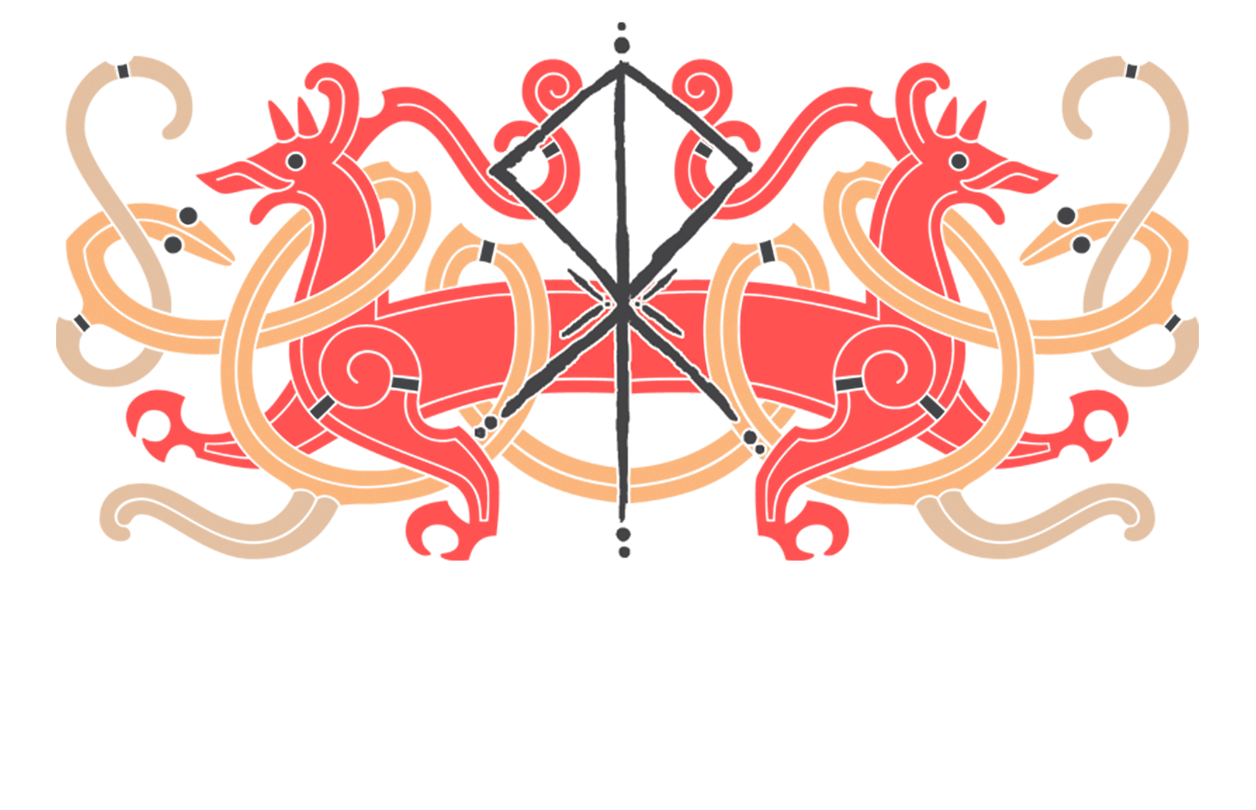
Do you think Vikings are what you think they are?
With all the caricatures and stereotypes out there, there's probably a lot you've never heard of. Norsemen who raided and settled coastal sites in the British Isles and beyond between the 9th and 11th centuries.
1- The Vikings did not wear horned helmets.
In depictions dating from the Viking Age, between the 8th and 11th centuries, warriors appear either bare-headed or with simple helmets, mostly made of iron or leather. And despite years of research, archaeologists have yet to uncover a horned helmet. The image of the Viking with a horned helmet dates from the 1800s, Scandinavian artists painted Vikings with horned helmets such as Gustav Malmström but also Wagner who organized his opera cycle " Der Ring des Nibelungen " in the 1870s , costume head Carl Emil Doepler created horned helmets for the Vikings characters and an enduring stereotype was born.
2- The Vikings were known for their excellent hygiene.
Excavations of Viking sites have unearthed numerous tongs, razors, combs, and ear picks made from animal bones and horns. The Vikings washed at least once a week and much more frequently than other Europeans of their day. They were very fond of natural hot springs.
We can therefore say that they liked to take care of their images, by maintaining their hairstyles, beards, etc.
3- The Vikings used a unique liquid to start fires.
The Vikings had no qualms about harnessing the power of human waste. They would gather a fungus called Amadouvier and boil it for several days in urine before pounding it. Sodium nitrate found in urine would allow Vikings to carry fire on their journeys without danger.
4- The Vikings buried their dead in the boats.
There's no denying that the Vikings loved their ships so much that it was a great honor to be buried with this one. In Norse religion, valiant warriors find themselves in a festive and glorious place after their deaths, and it was believed that the vessels that served them in life would help them reach their final destinations, Valhalla. Women were often placed in ships, surrounded by weapons, valuables, animals and sometimes even sacrificed slaves, along with the dead warriors who would serve them in the other world.
5- The Vikings were active in the slave trade.
Many Vikings became wealthy through human trafficking. They captured women and young men while plundering the Anglo-Saxon, Celtic and Slavic regions. The "slaves" were then sold in giant slave markets across Europe and the Middle East.
6- Viking women enjoyed certain fundamental rights.
Viking women who were often stuck at home doing housework had more freedom than other women of their time. As long as they were not slaves, Viking women could inherit property, recover their property and seek a divorce if it was accepted.
7- Viking men spent most of their time in agriculture.
Most Viking men wielded scythes, not swords. The great majority of the men of the north did not leave to burn villages but more peacefully remained to sow barley, rye and oats for a good part of the winter. They also raised livestock such as goats, pigs and sheep which provide enough food to support a family for the year.
8- The Vikings skied for fun.
The Scandinavians developed primitive skis at least 6,000 years ago. During the Viking Age, the Normans saw skiing as an efficient means of transportation and a popular form of amusement. They even worshiped a skiing god, Ullr.

9- Viking men prefer to be blond.
To conform to their culture's beauty ideals, brown Vikings (usually men) would use a strong soap with a high lye content to bleach their hair. In some areas, beards are also bleached. It's likely that these treatments helped the Vikings with a much trickier and more widespread problem: head lice.
10 - The Vikings were never part of a unified group.
Vikings do not unite with other Viking clans. In fact, they didn't even call themselves Vikings: the term simply referred to all Scandinavians who participated in overseas expeditions. During the Viking Age, the land that now represents Denmark, Norway and Sweden was a patchwork of tribes led by chieftains who often fought each other when not busy wreak havoc on foreign shores.








Leave a comment
This site is protected by hCaptcha and the hCaptcha Privacy Policy and Terms of Service apply.